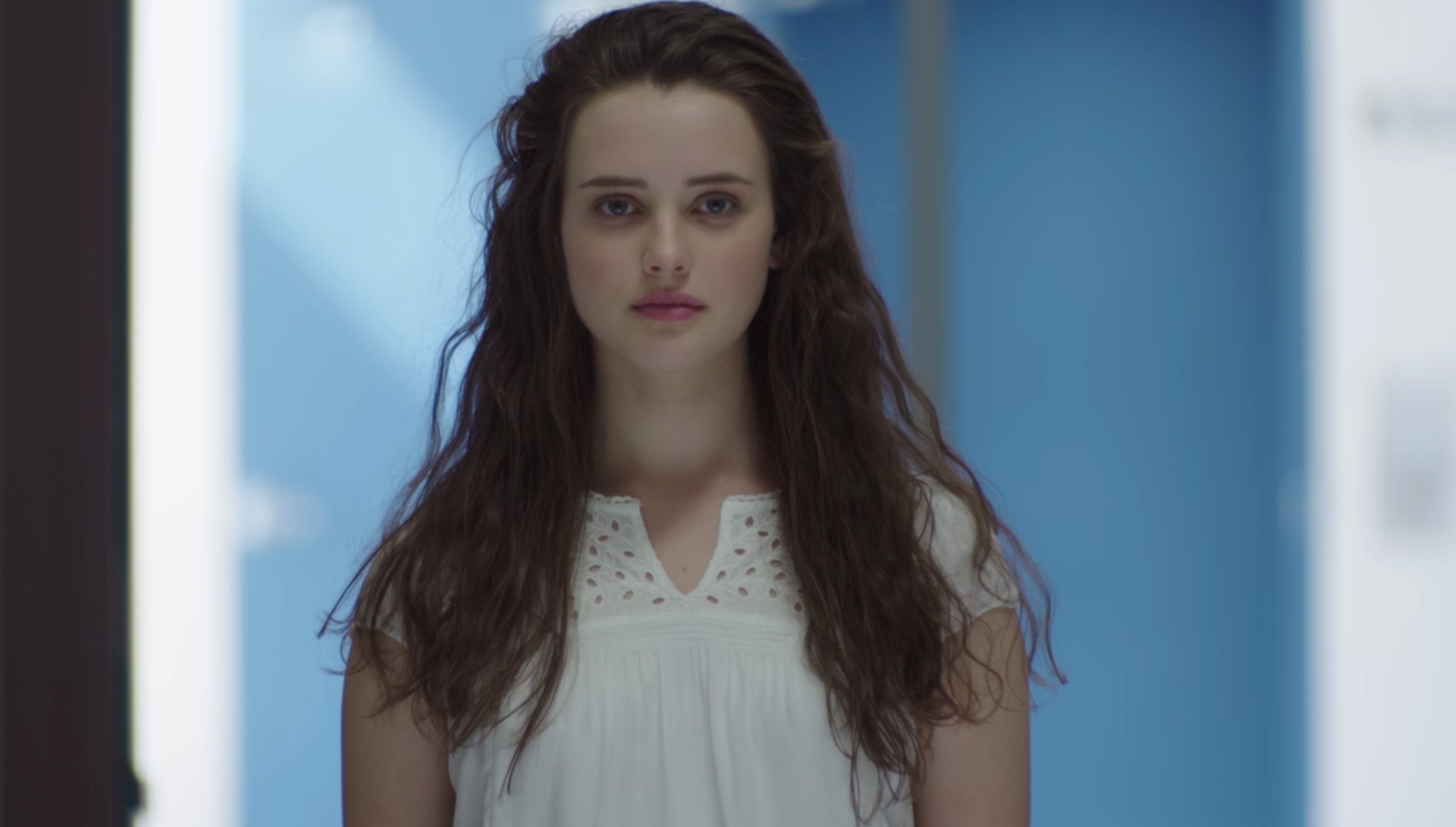Netflix Removed a Graphic Scene from ’13 Reasons Why’

Credit to Author: Bettina Makalintal| Date: Tue, 16 Jul 2019 17:00:32 +0000
Producers of the Netflix original series 13 Reasons Why announced earlier today that they have edited the graphic and controversial suicide scene from the show’s first season, following years of pushback and “ongoing debate around the show.”
The show, adapted from Jay Asher’s 2007 novel of the same name, focuses on the circumstances and effects of a teenage girl’s death by suicide—an act it portrayed in graphic detail. That scene has since been cut down significantly following the advice of medical experts since its release in 2017, the show’s producers announced on Twitter.
The original scene depicting Hannah’s death was close to three minutes long, but it has since been edited down to show Hannah (played by Katherine Langford) looking at herself in the mirror, followed immediately by her parents’ reaction to her death, the Hollywood Reporter wrote. Aside from updating the version on its platform, according to THR, Netflix will be monitoring pirated videos for the original scene and issuing take-down notices.
“Our creative intent in portraying the ugly, painful reality of suicide in such graphic detail in Season 1 was to tell the truth about the horror of such an act, and make sure no one would ever wish to emulate it. But as we ready to launch Season 3, we have heard concerns about the scene from Dr. Christine Moutier at the American Foundation for Suicide Prevention and others, and have agreed with Netflix to re-edit it,” show creator Brian Yorkey added in a statement. “We believe this edit will help the show do the most good for the most people while mitigating any risk for especially vulnerable young viewers.”
While that might have been the producers’ intention, the show has caused controversy since its release. In 2017, the National Association of School Psychologists released a handout titled “ 13 Reasons Why Netflix Series: Considerations for Educators,” in which it cautioned against “vulnerable youth” watching the series. Similar criticism came from parents’ groups and educators.
As Lisa Horowitz, a clinical psychologist at the National Institute of Mental Health (NIMH), told VICE in May, the show’s detailed depiction of Hannah’s death “was almost prescriptive,” and “it glorified [suicide] in a way.” A study done by Horowitz and her team that was published in April found a correlation between the show’s release and an increase in monthly suicide rates in American children between 10 and 17 years old, prompting renewed attention on the show’s depiction of suicide.
The current edit isn’t the first time the studio has responded to concerns about the content in 13 Reasons Why and its potential effects. In 2017 and 2018, Netflix added both warning messages before the show and a warning video with resources for viewers. The show’s website, 13reasonswhy.info, directs visitors to crisis hotlines and provides links to resources on bullying, substance abuse, suicide, and gun violence.
Netflix’s latest decision has been met with support from suicide prevention groups including the American Association of Suicidology and the American Foundation for Suicide Prevention, but reactions from viewers appear to be mixed. In response to the statement, Twitter users have called the edit “unfortunate,” “disappointing,” an example of producers not standing by their convictions, and a “marketing strategy” to promote the show’s upcoming season. Still, others are pleased to hear the studio responding to their very real concerns.
As creator Yorkey said, the show’s goal is to keep conversations around suicide going—but it’s clear that when it comes to a topic as pressing as mental health, it’s critical for studios to listen. Though its release date hasn’t been announced, season three of 13 Reasons Why is scheduled for this year.
If you or someone you know is considering suicide, help is available. Call 1-800-273-8255 to speak with someone now or text START to 741741 to message with the Crisis Text Line.
This article originally appeared on VICE US.